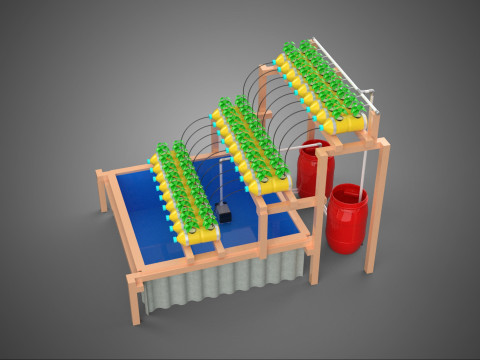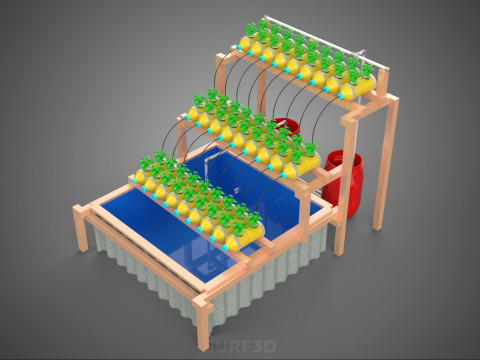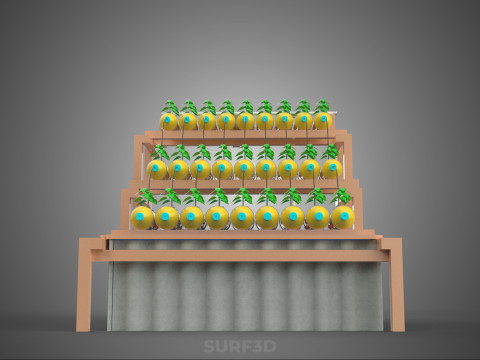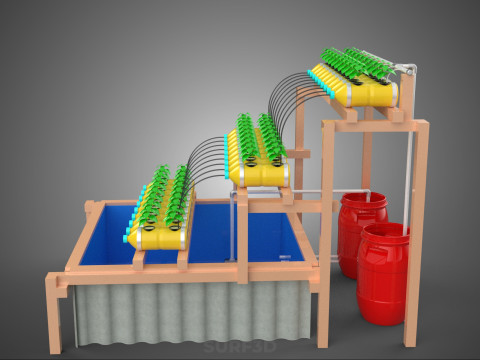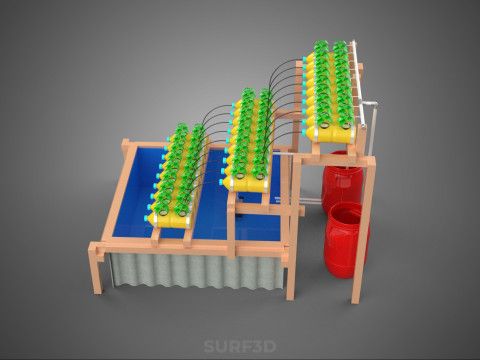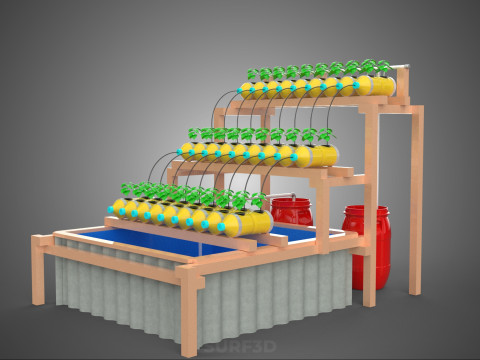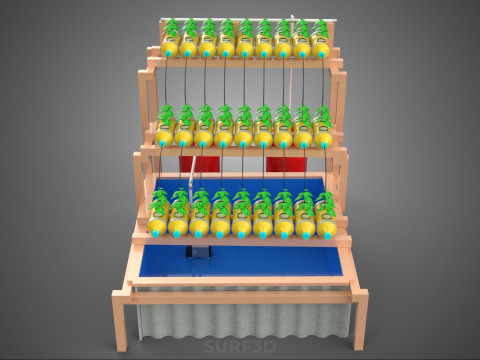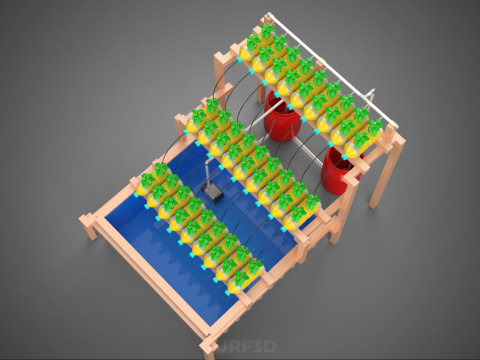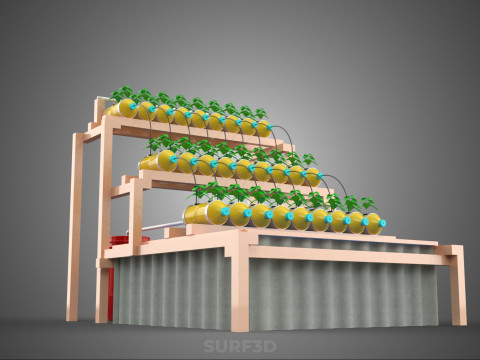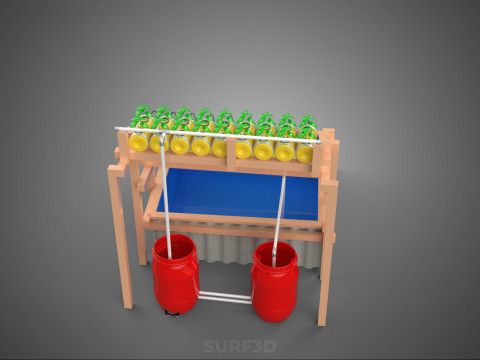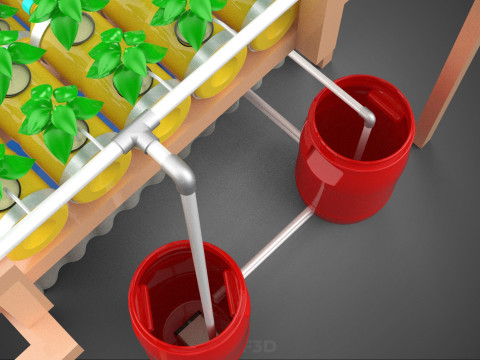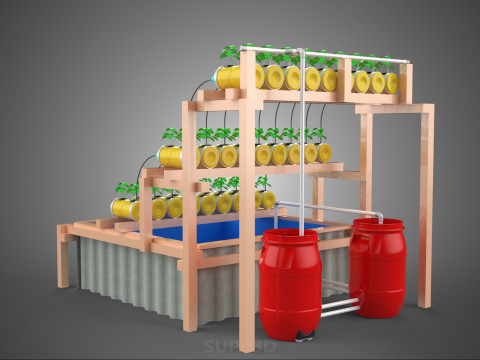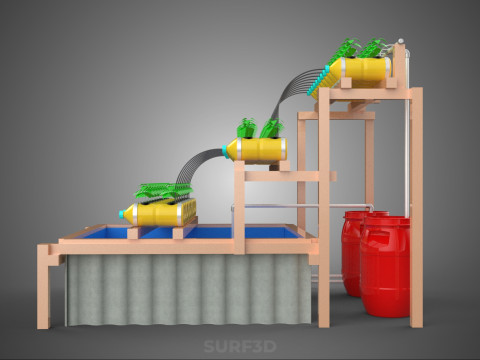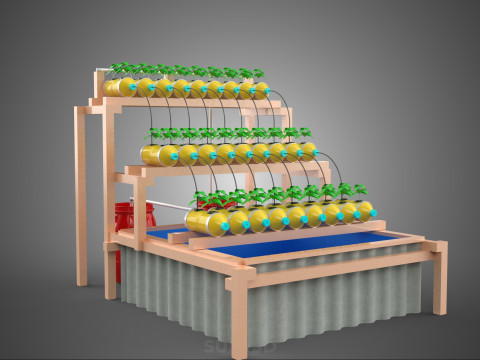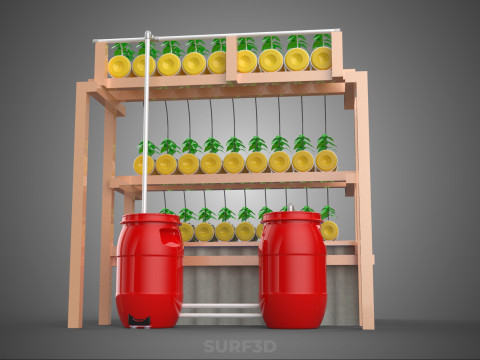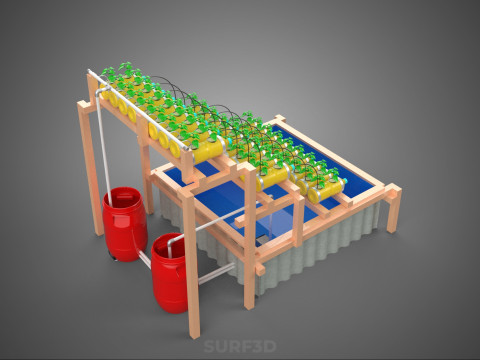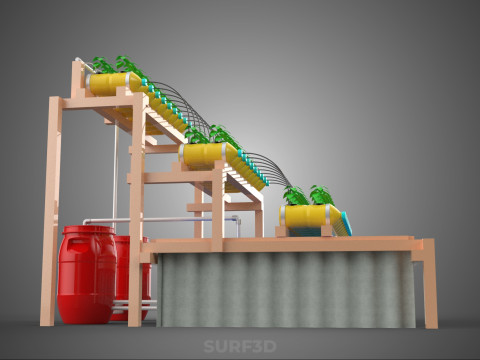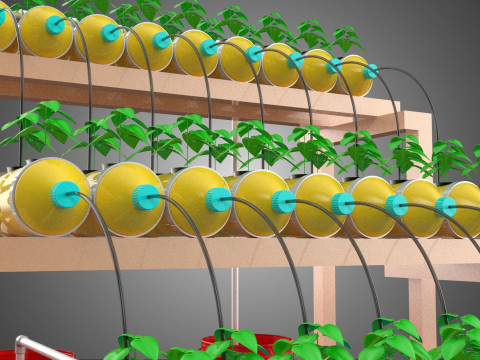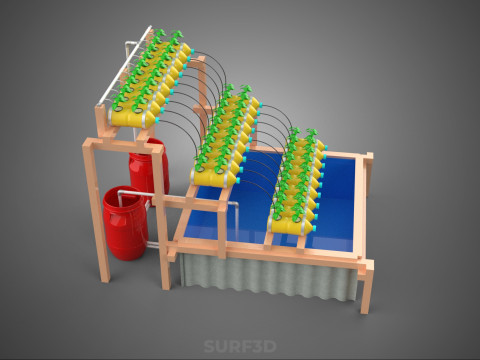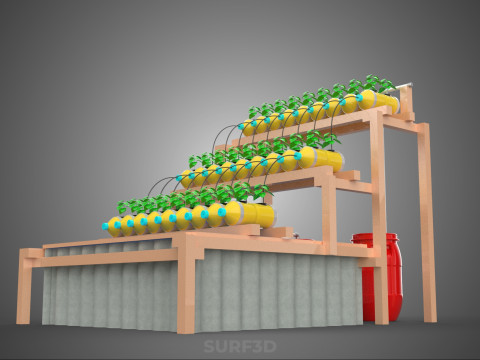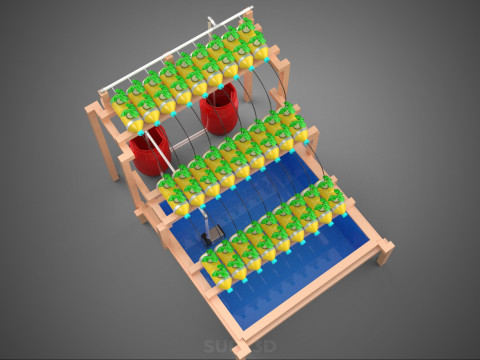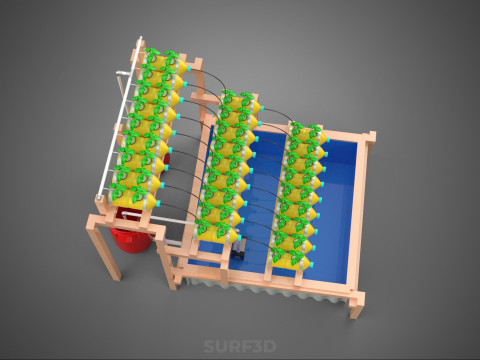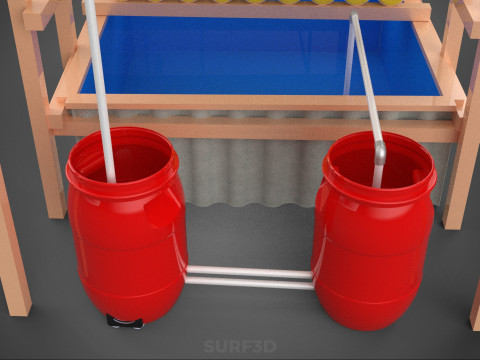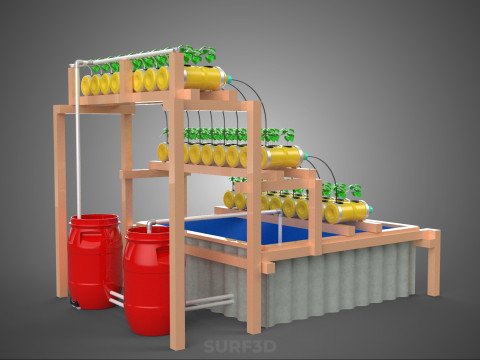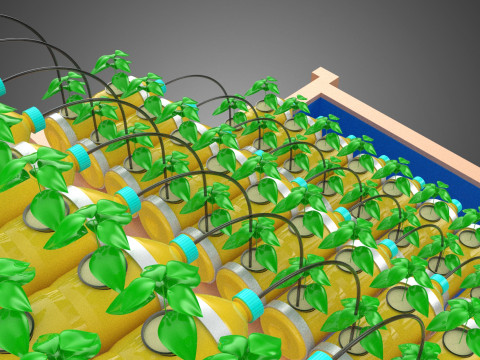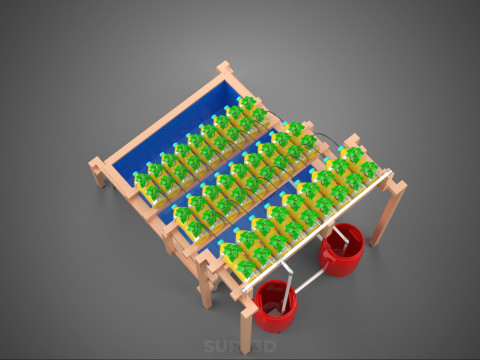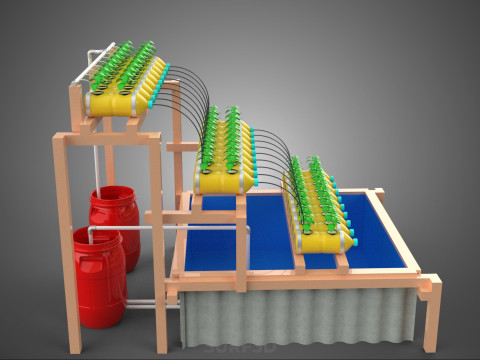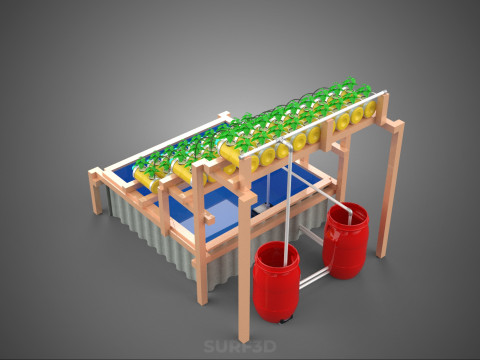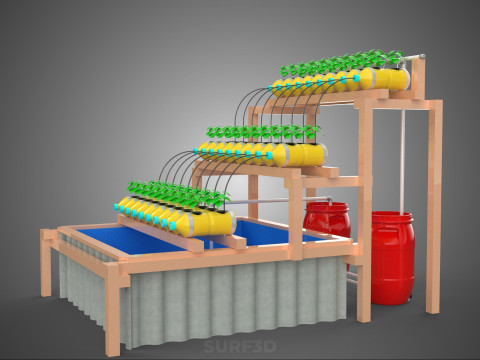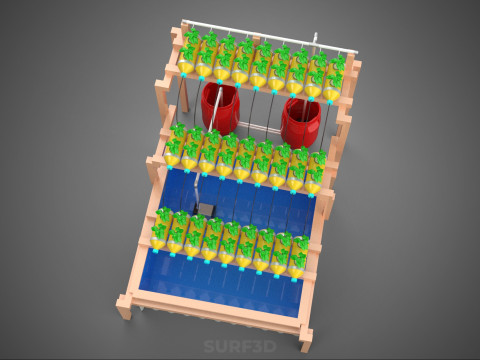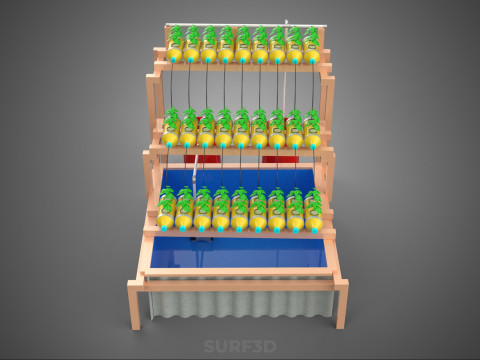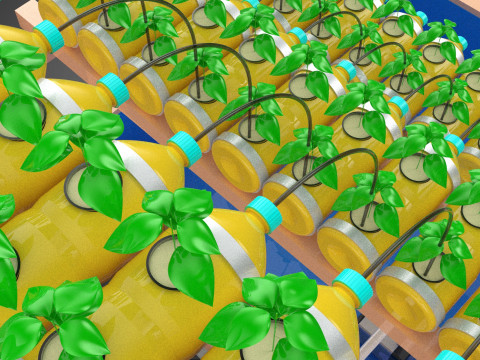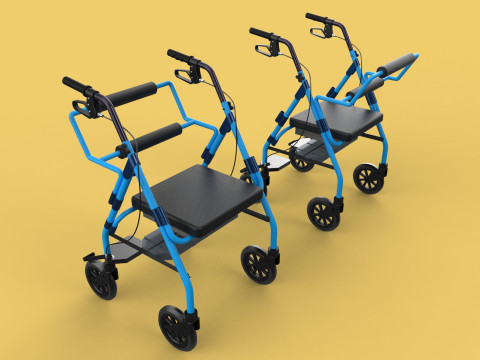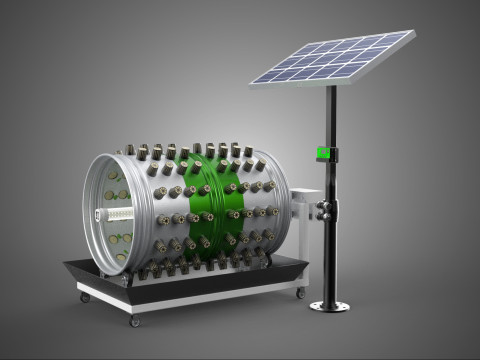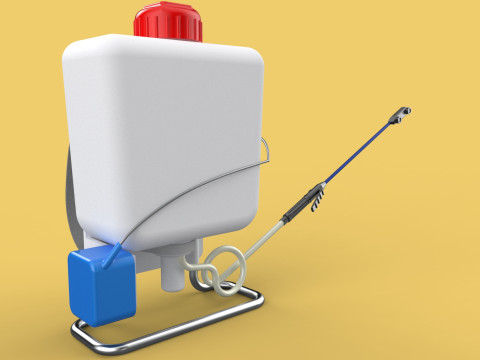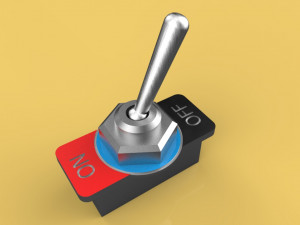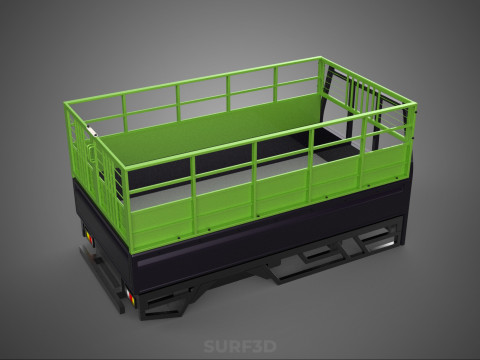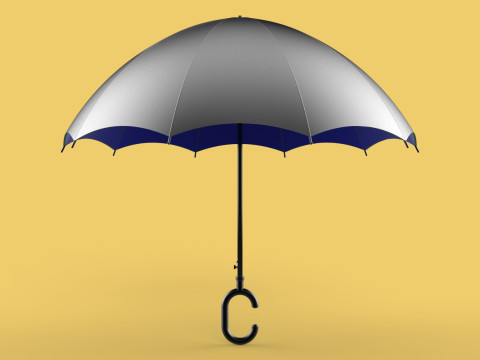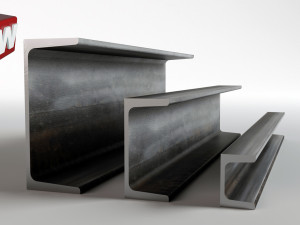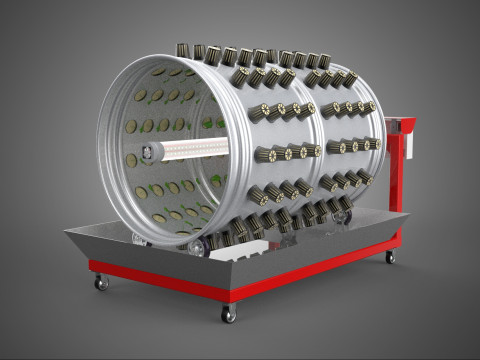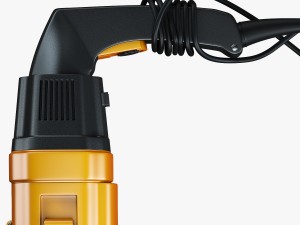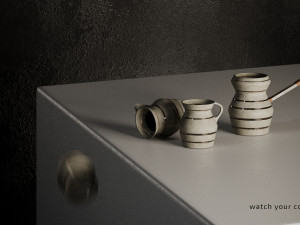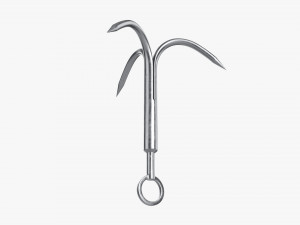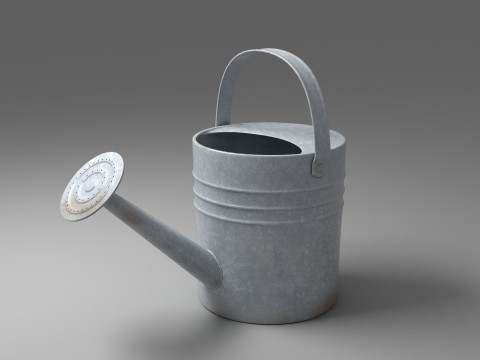БОЧКА ДЛЯ ПЛАСТИКОВОЙ ВОДЫ, МИНЕРАЛЬНЫЕ БУТЫЛКИ, ГИДРОПОНИЧЕСКИЙ БЕСЗЕМНЕННЫЙ ГОРШЕЧНЫЙ ЗАВОД 3D Модель
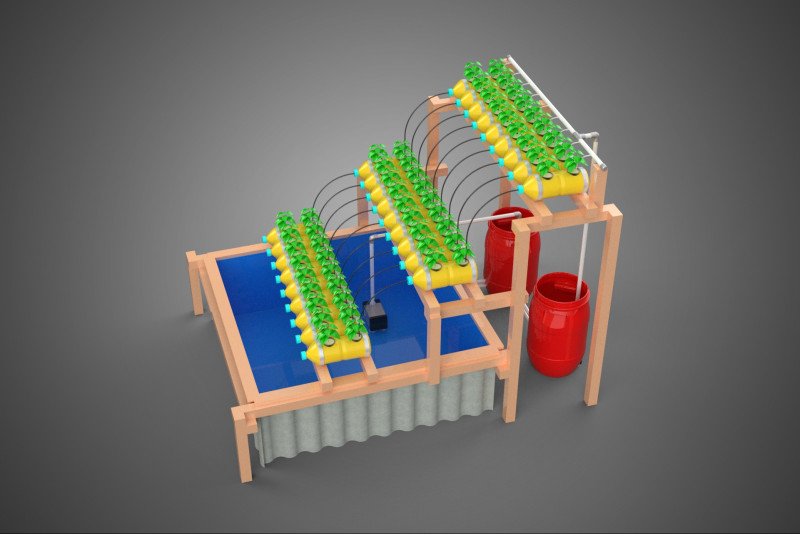
- Запросить поддержку продукта
- Доступные форматы:
- ID Продукта:599269
- Дата: 2025-09-16
- Полигоны:2209481
- Вершины:1649260
- Анимированная:No
- Текстуры:No
- Скелет:No
- Материалы:
- Лоу-поли:No
- Коллекция:No
- UVW mapping:No
- Плагины:No
- Для печати:No
- 3D Скан:No
- Контент для взрослых:No
- PBR:No
- AI Обучение:No
- Геометрия:Poly NURBS
- Unwrapped UVs:Unknown
- Просмотры:224
Описание
High-quality 3D assets at affordable prices — trusted by designers, engineers, and creators worldwide. Made with care to be versatile, accessible, and ready for your pipeline.
Included File Formats
This model is provided in 14 widely supported formats, ensuring maximum compatibility:
• - FBX (.fbx) – Standard format for most 3D software and pipelines
• - OBJ + MTL (.obj, .mtl) – Wavefront format, widely used and compatible
• - STL (.stl) – Exported mesh geometry; may be suitable for 3D printing with adjustments
• - STEP (.step, .stp) – CAD format using NURBS surfaces
• - IGES (.iges, .igs) – Common format for CAD/CAM and engineering workflows (NURBS)
• - SAT (.sat) – ACIS solid model format (NURBS)
• - DAE (.dae) – Collada format for 3D applications and animations
• - glTF (.glb) – Modern, lightweight format for web, AR, and real-time engines
• - 3DS (.3ds) – Legacy format with broad software support
• - 3ds Max (.max) – Provided for 3ds Max users
• - Blender (.blend) – Provided for Blender users
• - SketchUp (.skp) – Compatible with all SketchUp versions
• - AutoCAD (.dwg) – Suitable for technical and architectural workflows
• - Rhino (.3dm) – Provided for Rhino users
Model Info
• - All files are checked and tested for integrity and correct content
• - Geometry uses real-world scale; model resolution varies depending on the product (high or low poly)
• • - Scene setup and mesh structure may vary depending on model complexity
• - Rendered using Luxion KeyShot
• - Affordable price with professional detailing
Buy with confidence. Quality and compatibility guaranteed.
If you have any questions about the file formats, feel free to send us a message — we're happy to assist you!
Sincerely,
SURF3D
Trusted source for professional and affordable 3D models.
More Information About 3D Model :
A DIY hydroponic plant growing system from water bottles and a plastic drum reservoir represents an accessible and cost-effective methodology for cultivating plants without soil. This system typically adapts principles of Deep Water Culture (DWC) or passive hydroponics, leveraging repurposed materials to create a functional growth environment. Its primary appeal lies in its low barrier to entry, making hydroponics attainable for educational purposes, small-scale home gardening, or resource-constrained settings.
**System Components and Principle:**
The fundamental design revolves around a plastic drum, often a repurposed food-grade container, serving as the main reservoir for the nutrient solution. This solution, a precise mixture of water and dissolved mineral salts, provides all essential macro- and micronutrients for plant growth. Water bottles, typically 1.5 to 2-liter polyethylene terephthalate (PET) bottles, are modified to function as net pots or plant holders. The bottom section of the bottle is usually removed or inverted, with the bottleneck providing support for the plant, allowing its roots to extend directly into the nutrient solution.
Key components commonly include:
1. **Plastic Drum Reservoir:** A robust, opaque (to prevent algae growth) plastic drum, commonly 20-200 liters in capacity, holds the nutrient solution. It requires a secure lid, with holes strategically cut to accommodate the inverted water bottle plant containers.
2. **Water Bottle Plant Containers:** PET plastic bottles are cut, typically just below the shoulder, and inverted. The bottle cap may be removed or modified to allow unobstructed root passage. The modified bottle acts as a cradle for the plant and its growing medium.
3. **Growing Medium:** An inert, sterile medium such as rockwool, coco coir, perlite, or expanded clay pebbles (hydroton) is used to support the plant physically and provide initial moisture, allowing roots to develop before fully reaching the nutrient solution.
4. **Nutrient Solution:** A specifically formulated hydroponic fertilizer solution, balanced for essential plant nutrients, is crucial. The pH (potential hydrogen) and Electrical Conductivity (EC) of this solution must be regularly monitored and adjusted to ensure optimal nutrient availability and uptake.
5. **Aeration System (for DWC):** In a DWC configuration, an air pump connected via an air line to an air stone is placed inside the reservoir. This system actively oxygenates the nutrient solution, preventing root rot and promoting vigorous root development. For passive systems, roots are typically suspended partially above the water to ensure some atmospheric oxygen exposure.
6. **Light Source:** Adequate light is indispensable for photosynthesis. This can be natural sunlight or artificial grow lights (e.g., LED or fluorescent fixtures), depending on the system's placement and the specific crop requirements.
**Construction and Operation:**
Construction involves preparing the drum by cutting appropriately sized holes in its lid to securely hold the inverted bottle-plant containers. The water bottles are cut and adapted to allow the plant's root ball to sit securely while providing sufficient space for roots to proliferate downwards into the reservoir. Plants, often initiated as seedlings in a small inert medium cube (e.g., rockwool), are then placed into these modified bottles. The nutrient solution is prepared according to manufacturer specifications, poured into the drum, and its pH and EC levels are calibrated. In an active DWC system, the air pump is subsequently engaged.
Operation necessitates ongoing monitoring of the nutrient solution's volume, pH, and EC. The solution requires regular topping up as plants transpire water, and periodic replacement (e.g., every 1-3 weeks) to prevent nutrient imbalances and pathogen proliferation. Plants are observed for signs of nutrient deficiencies or excesses, and environmental factors like temperature and humidity are managed to optimize growth.
**Advantages and Disadvantages:**
**Advantages** of this DIY approach include its low initial cost, utilization of recycled materials, educational value in demonstrating fundamental hydroponic principles, and potential for water conservation compared to traditional soil-based gardening. It can also be space-efficient and allow for controlled growing environments.
**Disadvantages** encompass the potential for certain plastics to degrade over time, the risk of chemical leaching if non-food-grade materials are used, inherent limitations in scalability, an increased risk of algae growth and root pathogens if the reservoir is exposed to light or aeration is insufficient, and the requirement for manual nutrient monitoring and adjustments. The aesthetic appeal may also be lower than commercially produced hydroponic systems.
**Suitable Crops and Applications:**
This system is particularly well-suited for cultivating fast-growing leafy greens (e.g., lettuce, spinach, kale), culinary herbs (e.g., basil, mint, cilantro), and small fruiting plants (e.g., strawberries, cherry tomatoes, chili peppers). Its applications range from hobbyist gardening to educational projects and urban farming initiatives in areas with limited access to arable land or water.
**Safety and Environmental Considerations:**
It is paramount to utilize food-grade plastic drums and bottles to prevent the leaching of potentially harmful chemicals into the nutrient solution. Proper disposal or recycling of materials at the end of their operational lifespan is also an important environmental consideration. If employing artificial lighting or pumps, strict adherence to electrical safety standards is crucial.
Нужно больше форматов?
Если вам необходим другой формат, пожалуйста, сделайте запрос при помощи тикета поддержки. Мы можем cконвертировать 3D модели в такие форматы: .stl, .c4d, .obj, .fbx, .ma/.mb, .3ds, .3dm, .dxf/.dwg, .max. .blend, .skp, .glb. Бесплатное конвертированиеМы не конвертируем 3d сцены и такие форматы, как .step, .iges, .stp, .sldprt и т. д.!
Информация об использовании
БОЧКА ДЛЯ ПЛАСТИКОВОЙ ВОДЫ, МИНЕРАЛЬНЫЕ БУТЫЛКИ, ГИДРОПОНИЧЕСКИЙ БЕСЗЕМНЕННЫЙ ГОРШЕЧНЫЙ ЗАВОД - Вы можете использовать эту бесплатную 3D модель как в личных, так и в коммерческих целях в соответствии с Базовой или Расширенной лицензией.Базовая лицензия охватывает большинство стандартных вариантов использования, включая цифровую рекламу, проекты дизайна и визуализации, бизнес-аккаунты в социальных сетях, нативные приложения, веб-приложения, видеоигры, а также физические или цифровые конечные продукты (как бесплатные, так и платные).
Расширенная лицензия включает в себя все права, предоставленные в рамках Базовой лицензии, без ограничений по использованию и позволяет использовать 3D модель в неограниченном количестве коммерческих проектов на условиях безвозмездной оплаты.
Подробней


 English
English Español
Español Deutsch
Deutsch 日本語
日本語 Polska
Polska Français
Français 中國
中國 한국의
한국의 Українська
Українська Italiano
Italiano Nederlands
Nederlands Türkçe
Türkçe Português
Português Bahasa Indonesia
Bahasa Indonesia Русский
Русский हिंदी
हिंदी